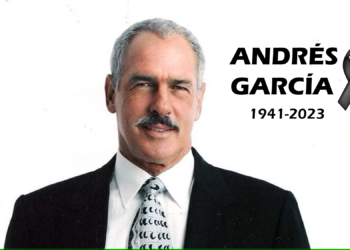The New York Times shocked Hollywood last week with the explosive story of sexual harassment accusations against Harvey Weinstein, which resulted in the mogul being fired from his own company. Now a former Times reporter claims the paper could have exposed Weinstein over a decade ago but the story was watered down by editors after a visit from Weinstein, and calls from two of Hollywood’s biggest names.
TheWrap CEO and Editor-in-Chief Sharon Waxman published a story on Sunday night detailing a 2004 incident in which she was given “the green light to look into oft-repeated allegations of sexual misconduct by Weinstein,” when she was a “fairly new reporter at The New York Times” but the story was never published.
Waxman said it was “believed that many” of the allegations against Weinstein occurred overseas, so she traveled to Rome and tracked down Fabrizio Lombardo, the person who ran Miramax Italy. Citing “multiple accounts,” Lombardo “had no film experience and his real job was to take care of Weinstein’s women needs,” she wrote.
TheWrap founder claimed she also “tracked down a woman in London who had been paid off after an unwanted sexual encounter with Weinstein” but was called directly by Weinstein associates such as Matt Damon and Russell Crowe to vouch for Lombardo. In addition, Waxman reported that Weinstein even visited the Times’ newsroom personally to express displeasure at the story she was working on and the story was gutted after he spoke with people above her head at the paper.
Damon’s and Crowe’s reps did not immediately reply to requests for comment.
“The story was stripped of any reference to sexual favors or coercion and buried on the inside of the Culture section, an obscure story about Miramax firing an Italian executive,” Waxman wrote. “Who cared?”
Current Bloomberg editor Jon Landman was the paper’s culture editor at the time and told Waxman that the story wasn’t interesting, according to her report. She said that the Times enabled Weinstein before it eventually exposed him.
“So pardon me for having a deeply ambivalent response about the current heroism of the Times,” Waxman wrote.
Waxman said she “simply gagged” when she read a follow-up Times piece about media enablers who “kept this story from the public” for decades because the paper is one of the news organizations who covered up Weinstein’s history.
Landman declined Fox News’ request for comment. The Times fired back at Waxman, noting that her 2004 story may not have met the paper’s standards for publication.
“The Times newsroom has a long history of exposing corruption and abuse by powerful people and institutions. Our newsroom was the first to publish a meticulously reported investigation of Mr. Weinstein revealing numerous settlements for sexual harassment,” a Times spokesperson told Fox news. “Our former colleague Sharon Waxman wrote about a story that was published in The Times in 2004. No one currently at The Times has knowledge of editorial decisions made on that story. But in general the only reason a story or specific information would be held is if it did not meet our standards for publication.”
Some media industry insiders have asked why Waxman, who runs an outlet that covers the entertainment industry, didn’t publish an updated version of the “gutted” 2004 story detailing the woman in London who had been paid off when she founded TheWrap.
Waxman added an update to her report to address why she didn’t report the story at TheWrap: “Fair question. Five years later, 2009, the moment had passed to go back and write the missing piece about Lombardo, who was no longer on the scene and whose story had been half-published in the Times. Miramax was no longer part of the Walt Disney Company. And I did not have sufficient evidence to write about a pay-off, even though I knew one existed. My focus was on raising money, building a website and starting a media company. In the subsequent years since then I did not hear about further pay-offs or harassment and thought the issue was in the past. Weinstein had made a big effort, supposedly, to curb his temper and behavior, which was reflected in other areas of his public life.”









